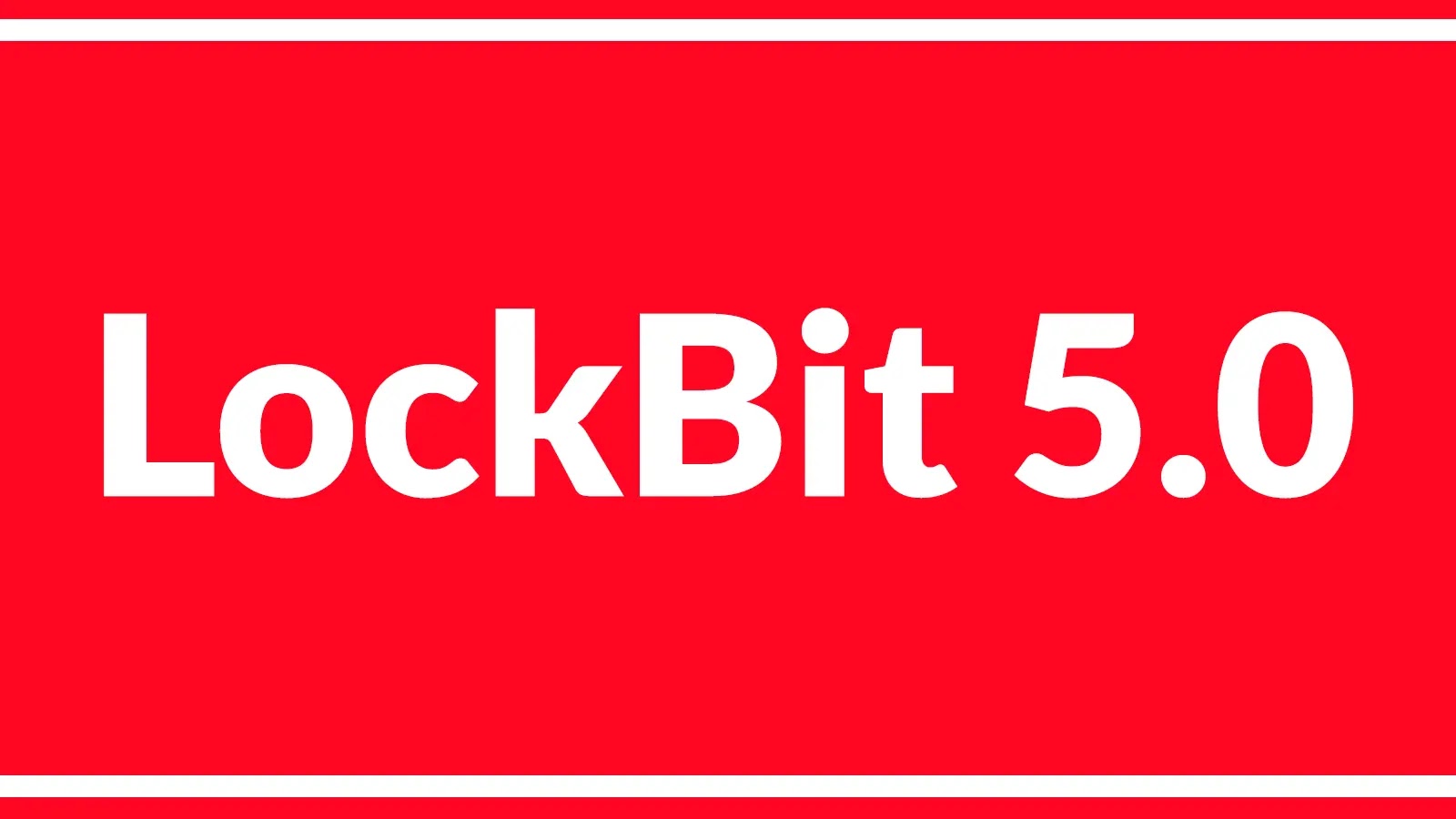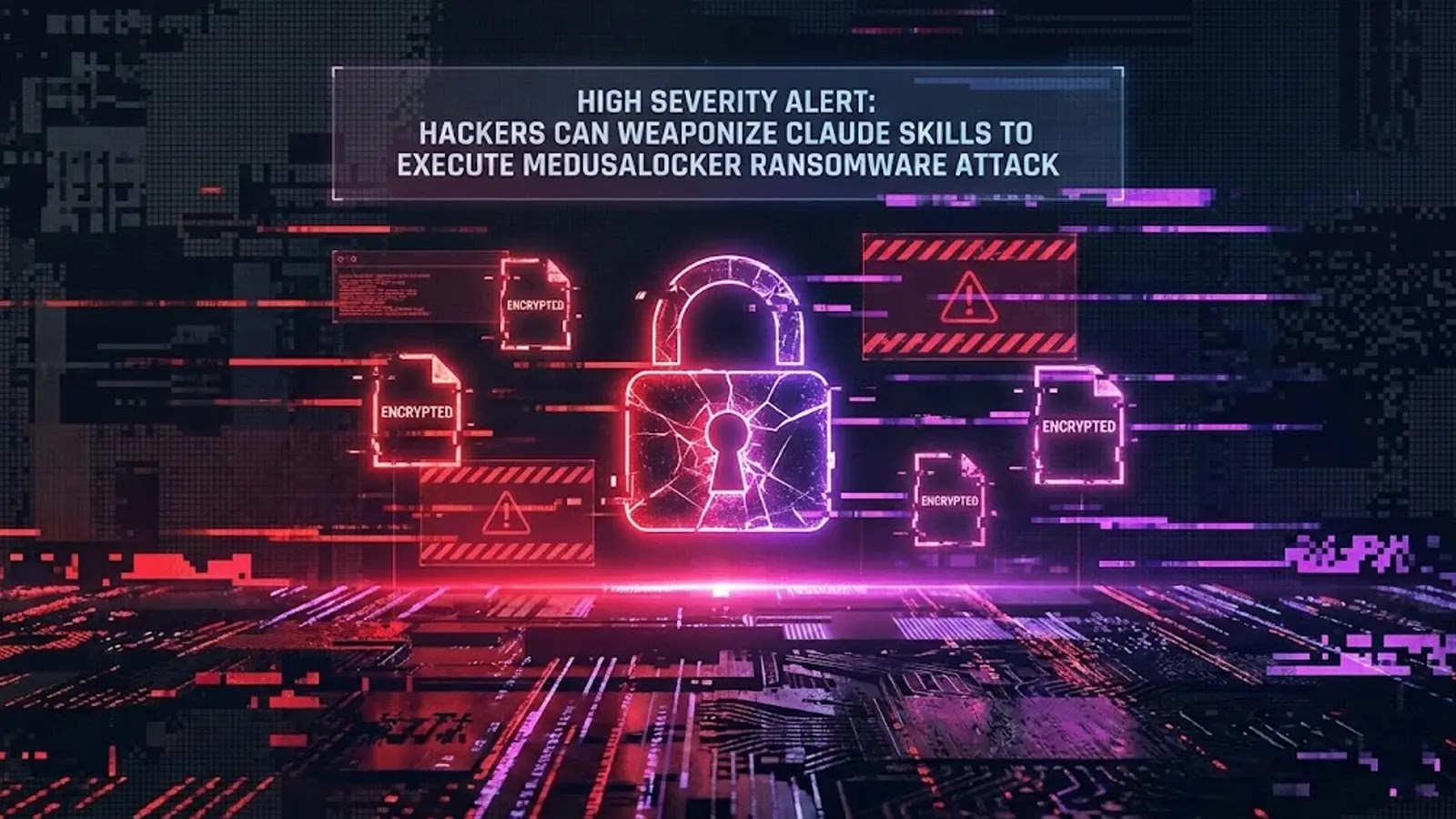The LockBit ransomware group has re-emerged with its latest variant, LockBit 5.0, following a period of inactivity due to law enforcement interventions in early 2024. This new iteration, internally referred to as ChuongDong, showcases significant advancements in its technical capabilities, posing a heightened threat to organizations worldwide.
Resurgence and Operational Recovery
After the disruption caused by Operation Cronos, which aimed to dismantle LockBit’s infrastructure, the group’s administrator, known as LockBitSupp, has successfully reconstructed their operations. In September 2025, LockBit 5.0 was unveiled, marking a robust comeback. The group has since compromised multiple organizations across Western Europe, the Americas, and Asia, demonstrating the effectiveness of their Ransomware-as-a-Service (RaaS) model in reactivating their affiliate network.
Technical Enhancements in LockBit 5.0
LockBit 5.0 introduces several sophisticated features designed to maximize its impact while evading detection:
– Cross-Platform Compatibility: The ransomware now includes dedicated builds for Windows, Linux, and VMware ESXi environments, enabling simultaneous attacks across diverse systems. ([theregister.com](https://www.theregister.com/2025/09/26/lockbits_new_variant_is_most/?utm_source=openai))
– Optimized Encryption Routines: The malware’s encryption processes have been refined to accelerate system-wide file encryption, reducing the window for defensive responses.
– Randomized File Extensions: By appending randomized 16-character extensions to encrypted files, LockBit 5.0 complicates detection efforts that rely on specific file extension patterns. ([malwaretips.com](https://malwaretips.com/blogs/lockbit-5-0-ransomware/?utm_source=openai))
– Enhanced Anti-Analysis Features: The variant employs advanced obfuscation techniques, such as DLL reflection loading and aggressive packing, to hinder forensic investigations and reverse engineering attempts. ([theregister.com](https://www.theregister.com/2025/09/26/lockbits_new_variant_is_most/?utm_source=openai))
Distribution Methods and Infection Vectors
LockBit 5.0 utilizes a multifaceted approach to infiltrate target systems:
– Phishing Campaigns: The group distributes malicious emails containing infected attachments or links, often masquerading as legitimate communications.
– Exploitation of Vulnerabilities: Unpatched software vulnerabilities serve as entry points for the ransomware, emphasizing the need for regular system updates.
– Malvertising and SEO Poisoning: The attackers employ deceptive online advertisements and manipulate search engine results to lure victims into downloading the malware. ([techradar.com](https://www.techradar.com/pro/security/lockbit-malware-is-back-and-nastier-than-ever-experts-claim?utm_source=openai))
Targeting Virtualized Environments
A notable advancement in LockBit 5.0 is its capability to target virtualized infrastructures:
– VMware ESXi Attacks: The ransomware includes a specialized variant designed to encrypt virtual machines hosted on VMware ESXi servers, potentially crippling entire virtualized environments. ([theregister.com](https://www.theregister.com/2025/09/26/lockbits_new_variant_is_most/?utm_source=openai))
– Linux Systems: The Linux variant offers command-line options for specific directories and file types, allowing for tailored attacks on critical server components. ([theregister.com](https://www.theregister.com/2025/09/26/lockbits_new_variant_is_most/?utm_source=openai))
Evasion Techniques and Defensive Implications
LockBit 5.0 employs several strategies to evade detection and complicate mitigation efforts:
– Event Tracing Disabling: The ransomware patches the EtwEventWrite API to disable Windows Event Tracing, reducing the visibility of its activities to security monitoring tools. ([malwaretips.com](https://malwaretips.com/blogs/lockbit-5-0-ransomware/?utm_source=openai))
– Geolocation Checks: It avoids execution on systems located in Russia or related regions by performing geolocation checks, potentially to evade local law enforcement scrutiny. ([enigmasoftware.com](https://www.enigmasoftware.com/lockbit50ransomware-removal/?utm_source=openai))
Ransom Demands and Negotiation Tactics
Upon successful encryption, LockBit 5.0 leaves a ransom note detailing the attack and providing instructions for payment:
– Personalized Negotiation Links: Victims receive unique links to communicate with the attackers, often hosted on Tor sites, with a typical 30-day deadline before stolen data is published.
– Warnings Against Law Enforcement Contact: The ransom note advises against involving authorities or attempting to modify encrypted files, threatening data deletion if instructions are not followed. ([cyfirma.com](https://www.cyfirma.com/news/weekly-intelligence-report-3-october-2025/?utm_source=openai))
Mitigation Strategies and Recommendations
To defend against LockBit 5.0 and similar ransomware threats, organizations should implement comprehensive cybersecurity measures:
– Regular Software Updates: Ensure all systems and applications are up-to-date to mitigate vulnerabilities.
– Employee Training: Educate staff on recognizing phishing attempts and other common attack vectors.
– Robust Backup Solutions: Maintain secure, offline backups of critical data to facilitate recovery without capitulating to ransom demands.
– Advanced Threat Detection: Deploy endpoint detection and response (EDR) solutions capable of identifying and mitigating sophisticated threats.
Conclusion
The emergence of LockBit 5.0 underscores the evolving nature of ransomware threats and the resilience of cybercriminal organizations. Its advanced capabilities and cross-platform targeting necessitate a proactive and comprehensive approach to cybersecurity to protect organizational assets and data.



